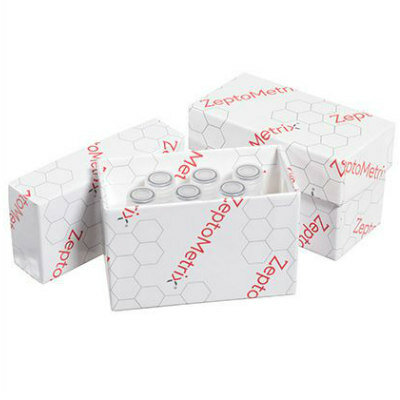Advanced Imaging Technique Tracks Molecular Movement in Membranes of Living Cells
By LabMedica International staff writers
Posted on 21 Aug 2013
Cell biologists have combined two advanced imaging techniques to study the movement of molecules in the membranes of living cells and tissues.Posted on 21 Aug 2013
Investigators at Karlsruhe Institute of Technology (Germany) combined raster image correlation spectroscopy (RICS) with stimulated emission depletion microscopy (STED) in imaging experiments on model membranes and live cells.

Image: The STED-RICS microscope scans the fluorescent cell membrane with a light spot and, thus, an image is recorded (Photo courtesy of the Karlsruhe Institute of Technology).
RICS is a powerful tool to study fast molecular dynamics such as protein diffusion or receptor–ligand interactions inside living cells and tissues. By analyzing time dependent spatial correlations of fluorescence intensity fluctuations from raster-scanned microscopy images, molecular motions can be revealed in a spatially resolved manner. However, because of diffraction-limited optical resolution, conventional raster image-correlation spectroscopy can only distinguish larger regions of interest and requires low fluorophore concentrations in the nanomolar range.
To counter the limitations of RICS the investigators combined it with STED microscopy. A STED microscope is a fluorescence microscope where the light spot scanning the fluorescence image can be reduced considerably. This method has already been used successfully to reach a maximum resolution in the imaging of cells.
In the current study, which was published in the June 27, 2013, online edition of the journal Nature Communications, the investigators showed that STED-RICS microscopy offered enhanced multiplexing capability because of enhanced spatial resolution as well as access to 10–100 times higher fluorophore concentrations.
“This means that the STED-RICS method can be used to derive from any fluorescence image a highly resolved map of the number and movability of the marked molecules in the area scanned by the spot,” said senior author Dr. Gerd Ulrich Nienhaus, professor of applied physics at the Karlsruhe Institute of Technology.
Application of the STED-RICS technique will enable investigators to precisely and quantitatively track the movements of cell membrane lipids and receptors. The action of many drugs is linked to the interactions among these molecules. “About every second medical substance influences signal transduction of G-protein coupled receptors, an important subclass,” said Dr. Nienhaus.
Related Links:
Karlsruhe Institute of Technology














